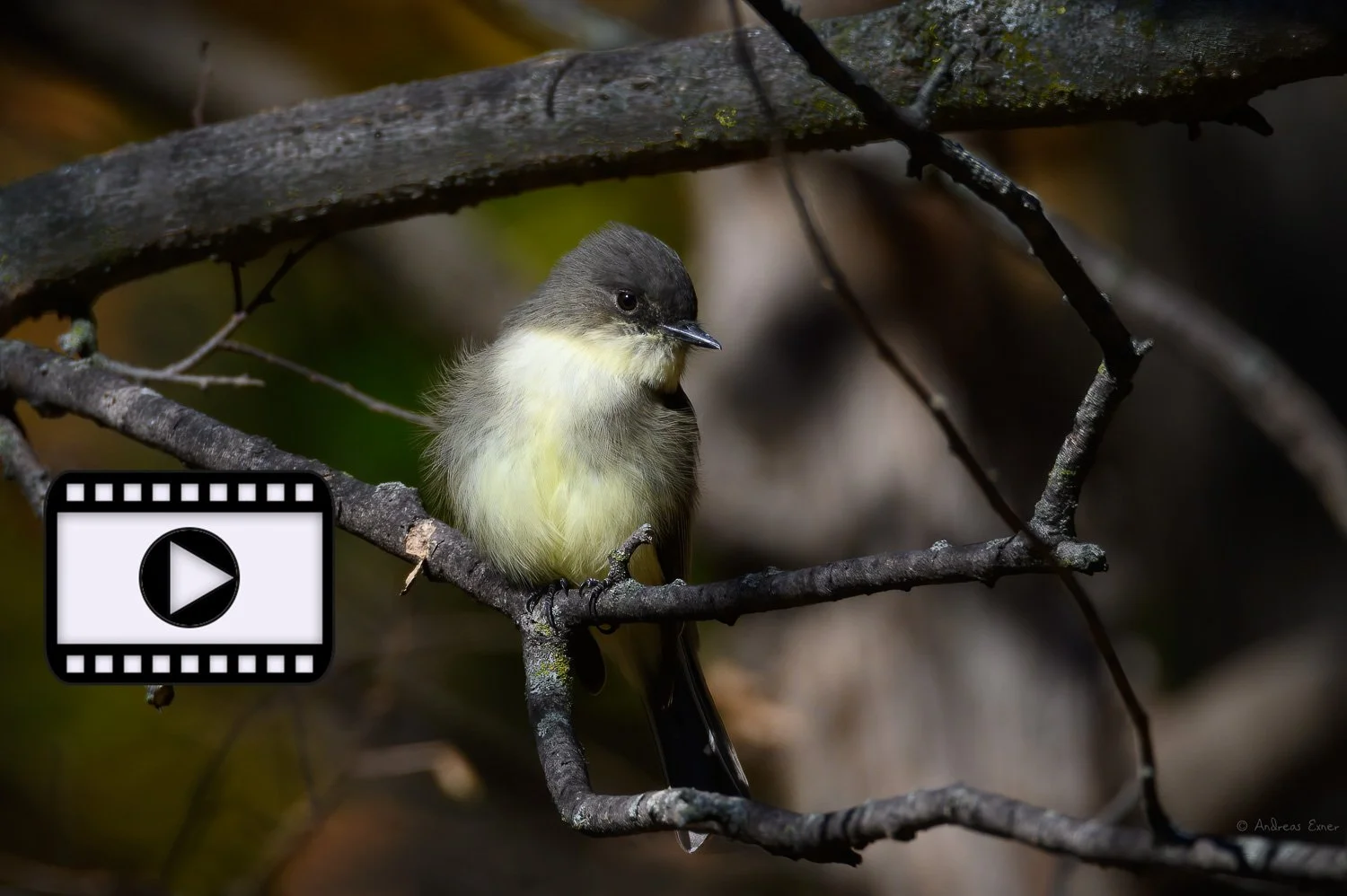Grasses in the river bed, Haw Creek Falls, Ozark Mountains, Arkansas
Today I have something for the more art-minded viewers. In my first blog post about the Ozark Mountains about a week ago I mentioned the challenge to find interesting details in the landscape. Deep in the woods of the Ozarks we checked out a campground at Haw Creek Falls. The summer was dry, not just in this part of the country, and many creeks and rivers have still low water levels and the waterfalls of Haw Creek were not very impressive to say it mildly. But a hike with the camera on the exposed rocks in the river bed seemed to be promising. Harsh light can be your friend sometimes and these grasses in the river bed, that obviously had not seen a flash flood this summer, stood out against the dark background of the river nicely. The curves of the rocks gives us an idea how the water has carved out this valley over a long period of time.
And here is one of the aspects I like about the Nikon Z 6II, the first mirrorless camera that I use since exactly a year now. I really love the ability to set the camera into a particular picture mode and see a preview of the photo right in the viewfinder before I even make the click. In this matter I set it to monochrome. My presets in camera include a red filter applied to the image and relatively high contrast and sharpening. I still shoot in RAW mode, and if I don’t like the final result, it allows me to go back to color because all color information is still stored in the RAW file. In this case, with “Grasses in the river bed”, it was exactly what I had envisioned and saw in the viewfinder when the click was made, except for the fact that I cropped the final picture slightly.
Nikon Z6II, Nikon FTZ adapter, Nikon Nikkor AF-S 70-200mm, f/4, GITZO tripod GT2931 Basalt, KIRK BH-3 ball head @ 200mm, 1/400s, f/4, ISO 100

